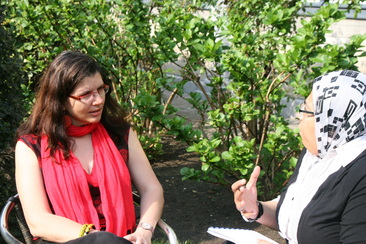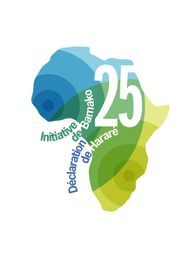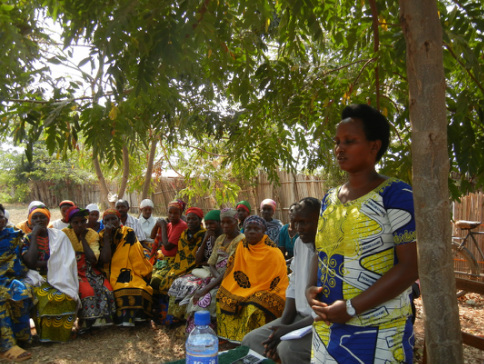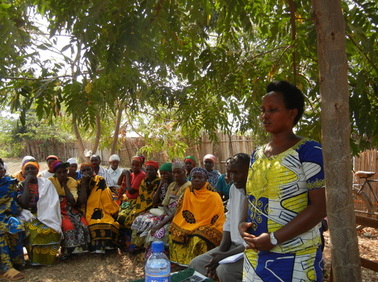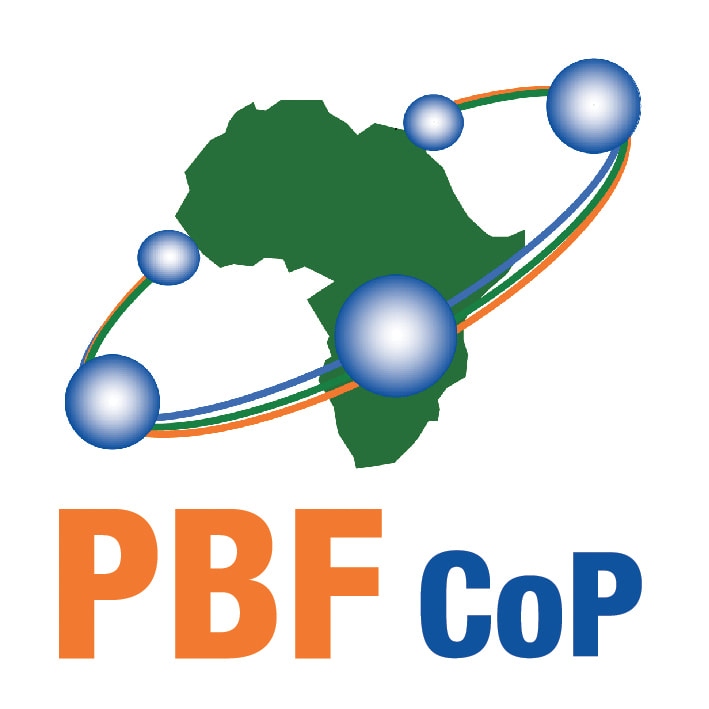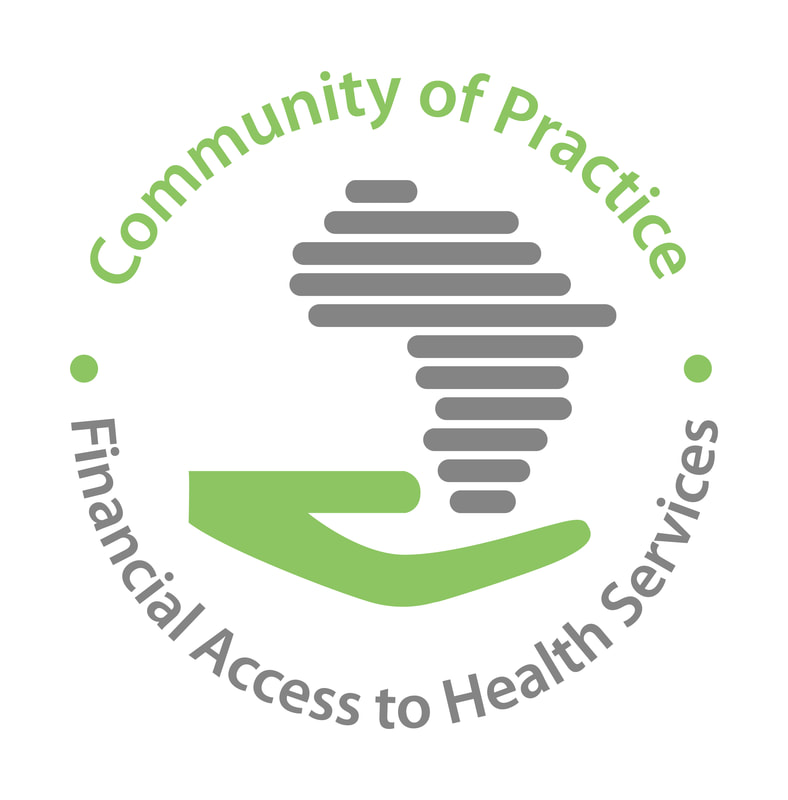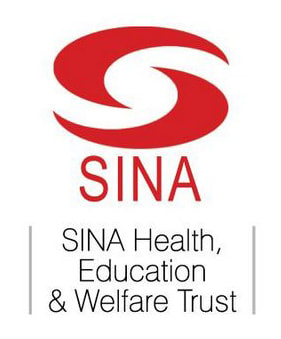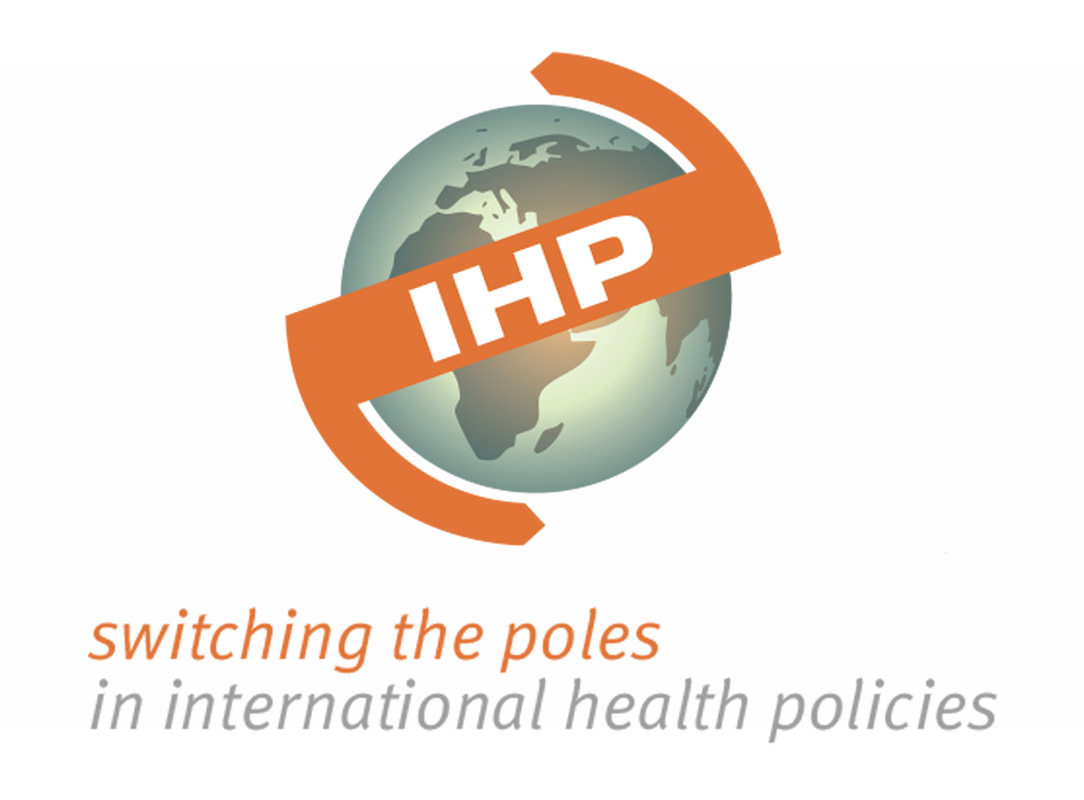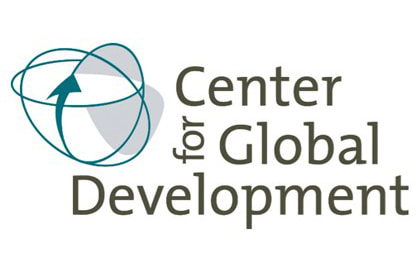In your article, you discuss the various policies of fee exemption for maternal care in 11 countries in Africa. What was your objective and what has been your strategy to collect information?
The article is based on a study we conducted in preparation for the meeting of the CoP financial access in Bamako in November 2011. The workshop focused on the exemption policy for maternal care. We did this preparatory work to give participants an overview of what is currently being done in various Anglophone and Francophone countries in terms of maternal health exemptions. The comparison of 11 countries in terms of coverage of care packages and financial mechanisms chosen by the countries has been a good starting point for the exchanges.
To gather the information, we first developed a grid (with one part focusing on the package of care covered by the policy and another part on the financing modalities) which we have tested in Burkina Faso. Once the grid was validated, we sent it to the 11 countries, more in particular to the person or department in charge of monitoring the exemption policy. In general, technicians of the Ministry of Health and/or the Ministry of Finance have completed the form. We sometimes used on-site researchers to validate or complete the form when some data were incomplete. We then tried to find the similarities and differences between countries.
What are the main findings of your analysis?
First, there is a wide variation in terms of covered services or types of cost covered by maternal health exemption policies. The minimum strategy, everywhere, was to make caesarian sections free, but the variations around this minimum are obviously important too: complications or not, normal births or not, post-abortion care or not, etc. The justification for a particular covered package in terms of health benefits or in terms of reduction of catastrophic expenditure is rarely made explicit in the formulation of a policy. Governments have not always allowed technicians the opportunity to make estimates and analyze the cost-effectiveness of a particular option. Certain policies have been decided very quickly by the president in the context of an electoral campaign, which did not exactly facilitate their implementation.
Second, fee exemptions for maternal care are not the only targeted initiative to reduce financial barriers. Recent years have seen the blossoming of a number of initiatives to reduce the financial burden of certain population groups (pregnant women, children, elderly, poor, …) or patients with a certain disease (HIV, malaria, tuberculosis, …). This becomes very complex for caregivers to navigate, to know which paper to fill out in order to claim such free care. These initiatives, most of the time managed separately by different departments at the central level, are a burden to the hospital or district (specific monitoring tools, different reimbursement mechanisms, …). Some people will be doubly covered, like a child under five years old suffering from malaria, as many countries have programs for children under five as well as for malaria. But a 15 year old boy who is the victim of a traffic accident with his motorcycle in town will be far less lucky, as he doesn’t fit any category… but he needs surgery and this costs a lot… As for a forty year old woman who suffers from obstetric fistula following a difficult delivery, idem. The reply to her will be that it’s not on the list of emergency obstetric interventions.
In sum, even if fee exemption policies started from good intentions – to improve maternal health and reduce the financial burden on families, they may not achieve their goals because they have often been formulated too narrowly (selecting only caesarian section in the covered package) or because their implementation has not been adequately prepared.
A few years ago, you coordinated a collective work entitled “Reducing financial barriers to obstetric care in low-resource countries”. Which link do you see between this book and this new article? What is your personal analysis of the free maternal care policies, in terms of implementation, impact for women or children, or repercussions for health systems?
I would say not much has changed in terms of implementation of policies since writing our book: in almost all countries, there has been a gap between what was theoretically foreseen and what has actually been understood and implemented. Several factors can explain this: a fuzzy formulation of the policy (each has his own interpretation of the content of the package), a lack of monitoring of the policy and control measures to set things right if one has moved too far from the policy as it had been conceived, a lack of accompanying measures in terms of human and material resources.
My own analysis, based on observations in the field (as I’ve lived the life of frontline health staff in several African countries) is that human resources are vital for health systems and an essential element for fee exemption policies to succeed. The state can inject millions in an exemption policy and announce that everything is free, but if in hospitals the nurses or other staff continue to accept informal payments, this will completely demolish the effect of the policy. Before launching such policies, we must think carefully on how to engage frontline staff so they can be policy stakeholders.
For the future, regarding the variety of targeted exemption policies I mentioned earlier, I really think we should join forces to achieve universal coverage. Many African groups have set up task-forces for health insurance, for example – which is positive – but sometimes with international partners without involving colleagues who manage targeted exemption policies. There is therefore still a lot of coordination work to do at the national level to synchronize efforts made by all. I’ve understood that the communities of practice received Muskoka funding from France to work on this, which is great news, as there’s plenty of work to do.
To conclude, will we see you at the conference of the Community of Practice in Ouagadougou in November?
Of course! I heard the program is of high quality. With many other researchers, including from Benin, Burkina Faso, Mali and Morocco, we will present the results of the FemHealth project, which focused on exemption policies in maternal health. I hope this conference will provide answers to the questions that remained unanswered after the Bamako workshop … as well as our review of 11 countries.
